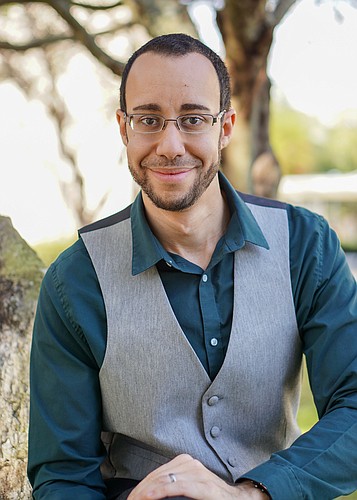- April 17, 2025
-
-
Loading

Loading

In normal times, the University of South Florida College of Engineering focuses on product design — not manufacturing. But during the COVID-19 pandemic, that has all changed. Now students and staff have been making face shields for medical personnel at Tampa General Hospital and USF Health.
The college’s Mini-Circuits Design for X Laboratory — normally a “maker space” where aspiring engineers, architects, artists and other creators can use laser cutters, 3D printers and other high-tech tools to turn their designs into physical products — has been repurposed as a manufacturing facility. Teams of four students and staff members, led by Michael Celestin, the college’s senior research engineer, have been working in two shifts per day on the face shields, which are some of the most in-demand medical products because they extend the usable lifespan of the N95 masks that filter out airborne contagions.
Celestin says the single-use shields would normally sell for $2-$3 apiece on the open market, but because of the pandemic, the cost has jumped to $6-$8. He and his team donate the shields to USF’s emergency management department, which then routes the devices to where they’re needed most.
“We want to help in every way possible,” Celestin says. “We want to use the resources that we have in innovation to have a positive impact on the local community and the world.”
Celestin obtained the design for the shields from researchers at the University of Wisconsin — which had published it as open-source document — and then modified it based on feedback from local medical personnel. In turn, he plans to publish his version of the shield schematics online for anyone to use, free of charge.
Robert Bishop, dean of the USF College of Engineering, says philanthropic funds — about $5,000 — were obtained for the project by the USF Foundation’s Office of Advancement Services. That was enough to pay for plenty of raw materials for the shields, which cost about 49 cents apiece to produce. “We can make about one shield per minute,” he adds. “Our objective was to develop the shields very inexpensively and very quickly.”
Celestin says the lab team can produce 500-600 shields per day and, so far, has donated more than 5,000.
Click the links below for more Made on the Gulf Coast stories.